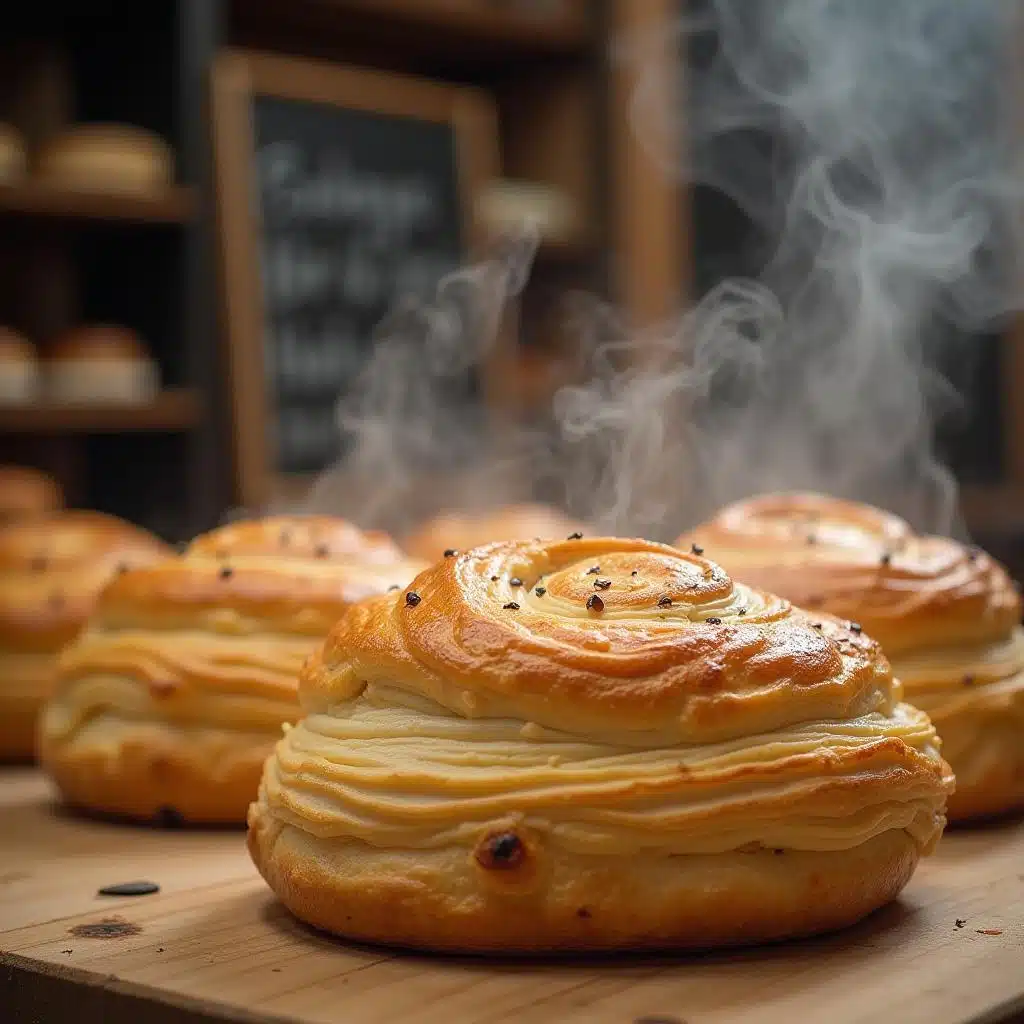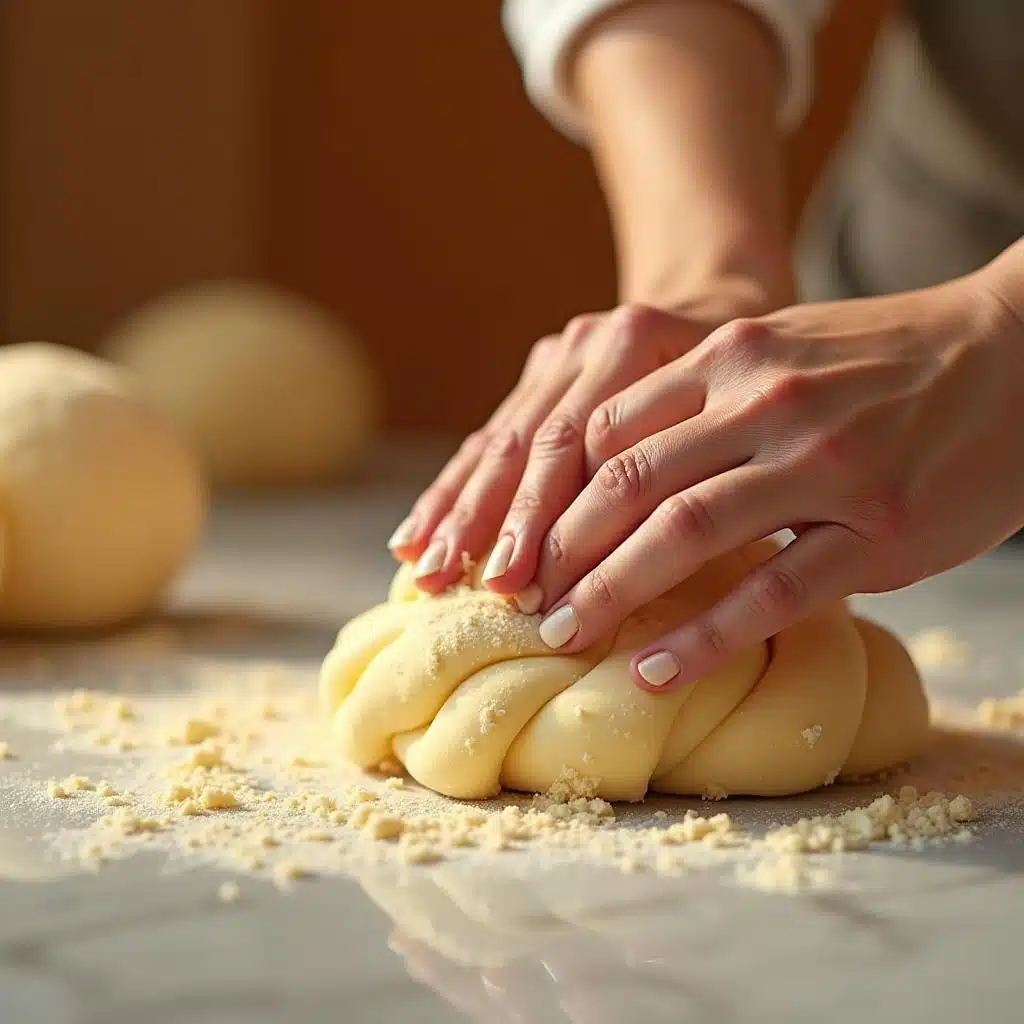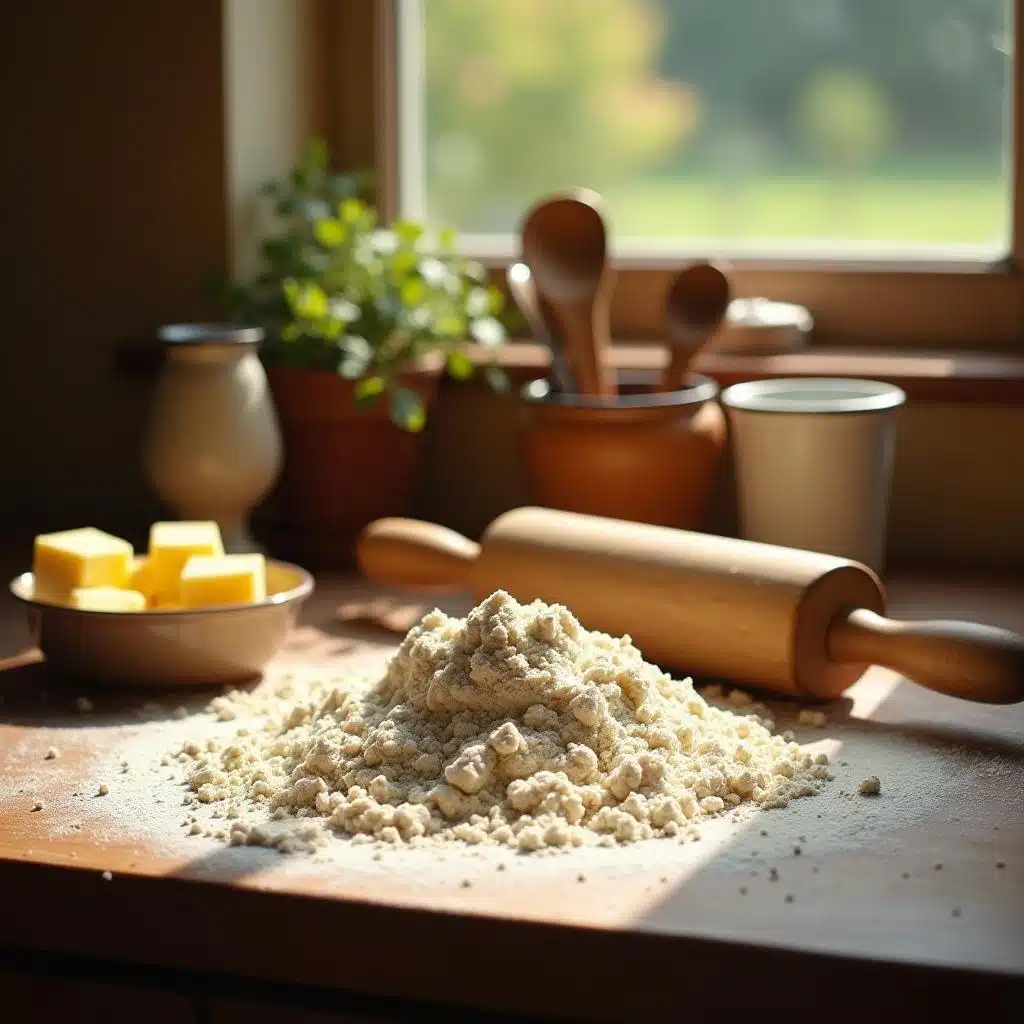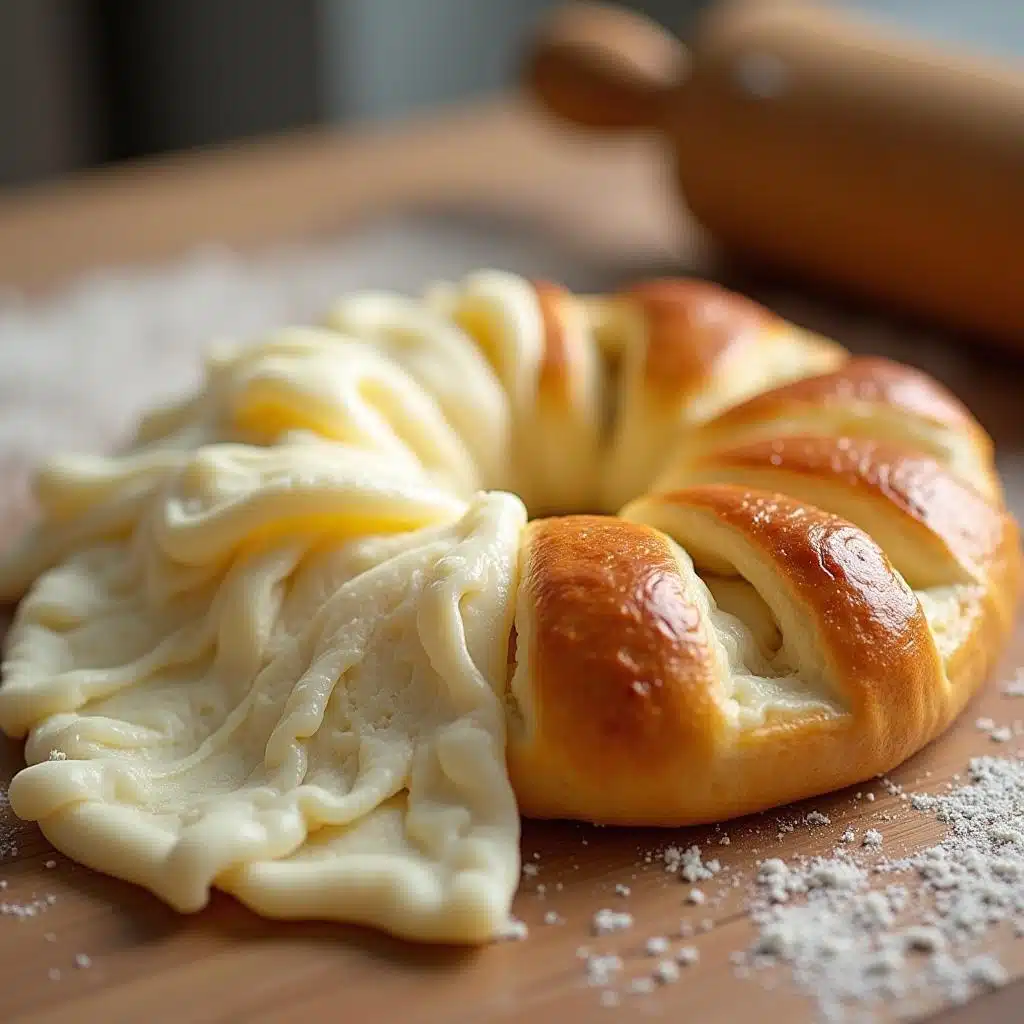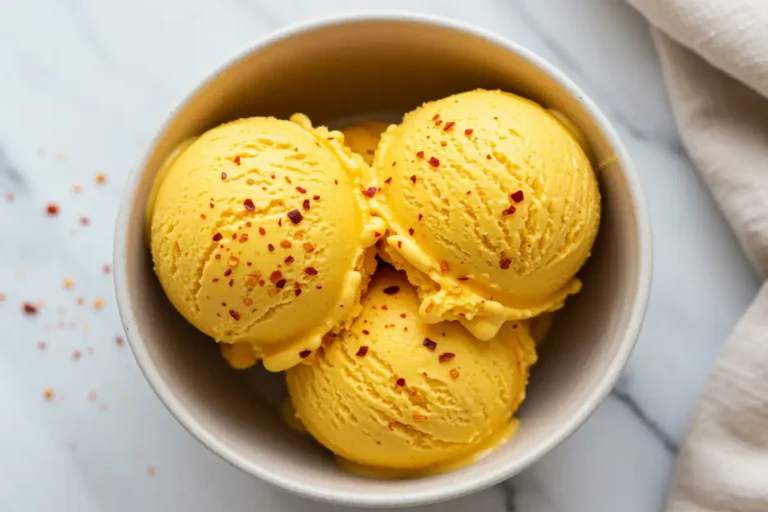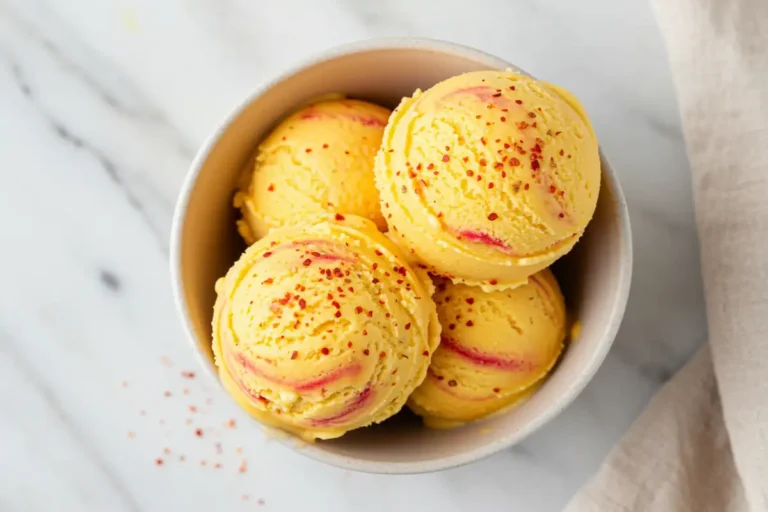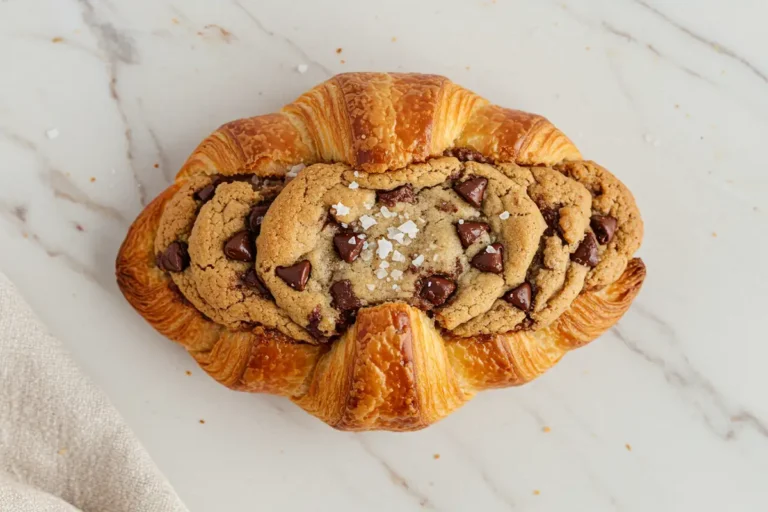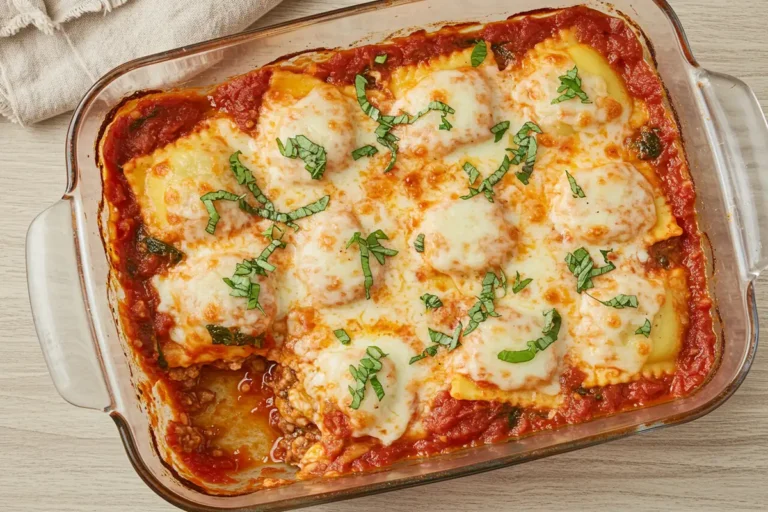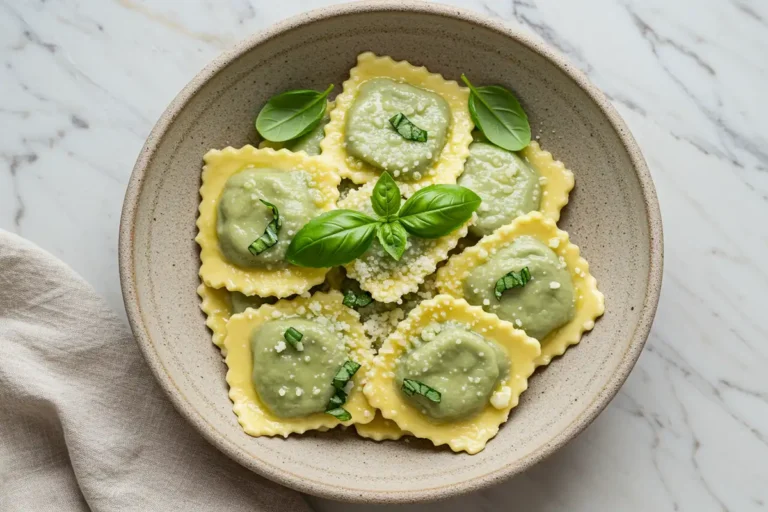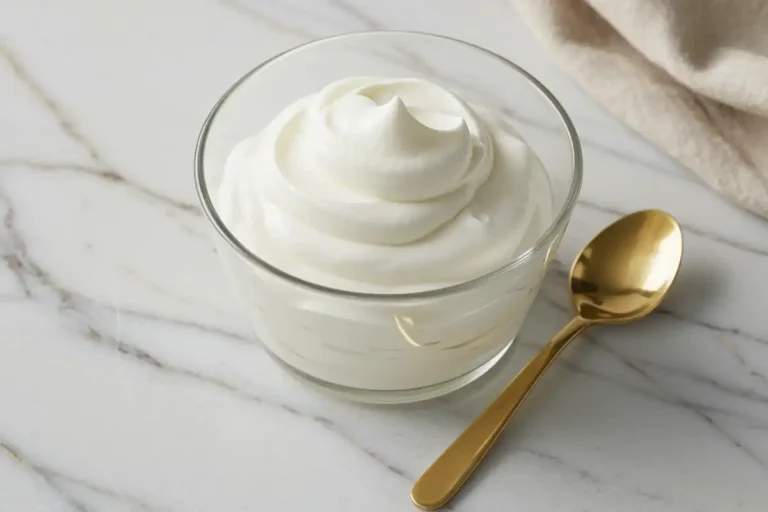Okay, confession time. For the longest time, puff pastry felt like this mythical beast – gorgeous, flaky, but oh-so-intimidating. Like, something only fancy French patisseries could pull off, right? My husband, bless his pun-loving heart, once joked it was called “puff” because that’s the sound you make when you give up trying. Ha! But Nonna always said, “Cara, the kitchen is for joy, not fear!” So, I rolled up my sleeves (probably humming some Sinatra), tackled it, and guess what? It’s totally doable! If you’ve ever stared longingly at a golden, flaky pastry wondering “How?”, you’re in the right place. Forget the fear, let’s unlock “The Secret to Puff Pastry” together. It’s less magic, more butter-and-patience – and totally worth it.
Seriously, don’t let the fancy reputation fool you. Sure, it needs a little love and attention – kinda like my basil plants out back – but it’s not climbing Mount Everest in flip-flops. This guide is your new best friend for puff pastry adventures. We’ll break down the why behind those layers, walk through the how step-by-step, and share all my little tricks learned from, ahem, plenty of kitchen experiments (some involving maybe a little spilled flour and a glass of Pinot Grigio). Ready to make some flaky magic happen? Let’s do this!
Understanding the Magic: How Puff Pastry Works
So, before we get our hands doughy, let’s peek behind the curtain. What’s the actual deal with puff pastry getting so… puffy? It’s honestly pretty cool, like a delicious science experiment.
It all comes down to something called lamination . Fancy word, simple idea: you’re creating super-thin alternating layers of butter and dough by folding and rolling, folding and rolling (cue the kitchen dance party!). When that glorious pastry hits the hot oven, the water in the butter turns into steam. Poof! That steam pushes the dough layers apart, creating hundreds of delicate, flaky sheets. It’s like tiny little steam explosions making deliciousness happen.
Think of it like this: the cold butter layers create little waterproof pockets. The steam inflates those pockets. Mamma mia, it’s brilliant! Keeping those layers distinct is key, which is why temperature is everything . Understanding this basic principle can help you avoid some common mistakes often seen in laminated doughs, like croissants which use a similar technique.
Key Ingredients: The Building Blocks of Puff Pastry
You don’t need a pantry full of fancy stuff for amazing puff pastry. Seriously, it’s just the basics, but quality counts here, amici:
- Flour: Plain old all-purpose flour works great. Some folks mix in bread flour for extra structure, but AP is my go-to for reliable results. Keep it simple!
- Butter: Ah, the star! Use a good quality cold unsalted butter, preferably European-style (it has higher fat content, which means less water and more flavor – score!). Seriously, keep it COLD. No melty butter allowed!
- Water: Ice cold water. Like, really cold. This helps keep that butter from softening up and getting cozy with the dough too soon. We want distinct layers!
- Salt: Just a pinch for flavor and to help manage the dough’s texture. Don’t skip it!
That’s really it! Four simple things. The real secret, the magic , is all in the technique and keeping things chilly. If you’re a food science nerd like me (sometimes!), you can dive deeper into the fascinating chemistry over at the Science of Puff Pastry.
Puff Pastry Recipe: A Step-by-Step Guide to Flaky Layers
Alright, enough chit-chat, let’s make some puff pastry! Put on some good music, grab your apron, and let’s get rolling (literally!).
Yields: About 1 pound (enough for plenty of tasty treats!)
Prep time: 30 minutes hands-on (plus chilling time – patience, my friend!)
Cook time: Depends on what you make with it!
Ingredients:
- 2 1/2 cups (300g) all-purpose flour
- 1 teaspoon (5g) salt
- 1 cup (2 sticks or 227g) cold unsalted butter, cut into 1/2-inch cubes (keep it chilly!)
- 3/4 cup (180ml) ice water (important: ICE cold!)
Equipment:
- Big mixing bowl
- Rolling pin (your new best friend)
- Plastic wrap
- Baking sheet (for later)
- Parchment paper (always handy!)
Instructions:
- Dry Stuff First: In your big bowl, whisk the flour and salt together. Easy peasy.
- Butter Time: Toss those cold butter cubes into the flour. Now, using a pastry blender (or your cool fingertips!), cut the butter into the flour. You want it to look like coarse meal or little pea-sized bits. Work kinda quickly – remember, cold butter is happy butter!
- Ice Water Splash: Add the ice water, just a tablespoon or two at a time, mixing gently until the dough just starts to come together. It’ll look shaggy and maybe a little messy – that’s perfect! Don’t make it too wet or knead it.
- Shape & Chill #1: Turn the dough onto a lightly floured counter and gently pat it into a rough rectangle. Don’t overwork it! Wrap it snugly in plastic wrap and pop it in the fridge for 30 minutes. Go grab that coffee.
- The First Turn: Lightly flour your counter again. Unwrap your chilled dough and roll it into a rectangle, roughly 12×18 inches. Now, fold it like a business letter: fold one short end into the middle, then fold the other short end over that. Boom! That’s one “turn.”
- Chill Again: Wrap it back up in plastic and back into the fridge for another 30 minutes. This lets the butter firm up again and the gluten relax. Patience is key!
- Repeat 5 More Times: You’re going to repeat the rolling (into a 12×18 rectangle), folding (like a letter), and chilling (30 mins) process FIVE more times. That gives you a grand total of six turns. Yes, it takes time, but this builds those incredible layers! Keep that counter lightly floured and work efficiently.
- Ready to Roll (or Store): After the final chill, your puff pastry is ready! You can roll it out and use it right away for something amazing like this Nutella Pastry Puff Recipe (seriously, SO good!), or wrap it tightly and store it. It keeps in the fridge for about 2 days, or in the freezer (well-wrapped!) for up to 2 months. Future you will thank you!
Tips and Tricks for Puff Pastry Perfection
Okay, let me share some hard-won wisdom from my kitchen trenches. These little secrets make all the difference:
- COLD, COLD, COLD: I know I sound like a broken record, but seriously. Cold butter, cold water, cold hands (rinse ’em under cold water if needed!), cold work surface. If the dough feels warm or the butter looks melty, stop and chill it immediately. This is the #1 rule!
- Work Swiftly, Not Hurriedly: Be efficient, especially when the butter is out of the fridge. Don’t dawdle, but don’t rush and get sloppy either. Find your rhythm! Maybe put on some upbeat Italian pop?
- Gentle Hands: Don’t knead or overwork the dough. You’re laminating , not making bread dough. Too much handling makes it tough. Treat it gently.
- Embrace the Chill Time: Don’t skip the chilling between turns! It’s crucial. It lets the butter re-harden so it doesn’t squish into the dough, and it lets the gluten relax so the dough is easier to roll. Nonna always said patience makes the best pastry.
- Hot Oven Hit: Bake your puff pastry creations in a properly preheated, hot oven (usually around 400°F / 200°C). That initial blast of heat creates the steam needed for maximum puff.
Common Puff Pastry Problems and How to Solve Them
Hey, even seasoned bakers (like me, sometimes after one too many late nights!) run into hiccups. Don’t panic if things go a little sideways. Here’s how to troubleshoot:
- Butter Leaking Out During Baking?: Ugh, the worst! Usually means the butter got too warm during layering, or the edges weren’t sealed well on your final creation. Next time, be extra vigilant about chilling. If it happens while baking, there’s not much to do but cross your fingers and hope for the best (and maybe put a sheet pan underneath to catch drips!). Sometimes you need to know if you should bake puff pastry before filling it to prevent sogginess which can relate to leakage.
- My Pastry Didn’t Puff!: The saddest sight! Almost always caused by the butter melting into the dough instead of staying in separate layers. Culprits? Not chilling long enough, room too warm, handling the dough too much. Go back to Tip #1: Keep. It. Cold.
- Help, It’s Tough!: If your baked pastry is more chewy than flaky, you probably overworked the dough. Remember, gentle hands and minimal handling are key. Let the rolling pin do the work, not your muscles.
- Uneven Layers or Lopsided Puff?: This often comes down to uneven rolling (thicker in some spots, thinner in others) or messy folding during the turns. Try to roll the dough into as perfect a rectangle as possible each time, and fold neatly. Practice makes perfect, truly!
FAQs:
<!– wp:rank-math/faq-block {"questions":[{"id":"faq-question-6789980e877b4","visible":true,"title":"What is the secret to flaky puff pastry?“,”content”:”The secret lies in keeping the butter cold and firm, and in the meticulous process of lamination, creating distinct layers of butter and dough.”},{“id”:”faq-question-6789980e877b6″,”visible”:true,”title”:”What is the difference between puff pastry and phyllo dough?“,”content”:”Puff pastry relies on layers of butter for leavening, while phyllo dough is unleavened and gains its texture from extremely thin layers of dough.”},{“id”:”faq-question-6789980e877b7″,”visible”:true,”title”:”Why is my puff pastry not puffing up?“,”content”:”Usually due to the butter melting. Ensure everything stays cold!”},{“id”:”faq-question-6789980e877b8″,”visible”:true,”title”:”Can you make puff pastry without butter?“,”content”:”Technically yes, with shortening, but it’s hard to achieve the same results. The butter is key for flavor and leavening.”}],”className”:””} –>What is the secret to flaky puff pastry?
What is the difference between puff pastry and phyllo dough?
Why is my puff pastry not puffing up?
Can you make puff pastry without butter?
And there you have it – “The Secret to Puff Pastry” isn’t such a secret anymore, is it? It’s all about technique, temperature, and a little bit of patience (okay, maybe a lot of patience, but it’s so worth it!). Now you’ve got the know-how to whip up some seriously impressive, flaky goodness right in your own kitchen. Imagine the possibilities! Tarts, turnovers, fancy appetizers… even my picky eater son might try something wrapped in this golden deliciousness, and my little chatterbox daughter would have a blast helping (carefully!) with the folding. What will you make first? Let me know your puff pastry triumphs (or funny fails, we all have ’em!) in the comments below. Let’s keep the love cooking! Buon appetito, amici!

